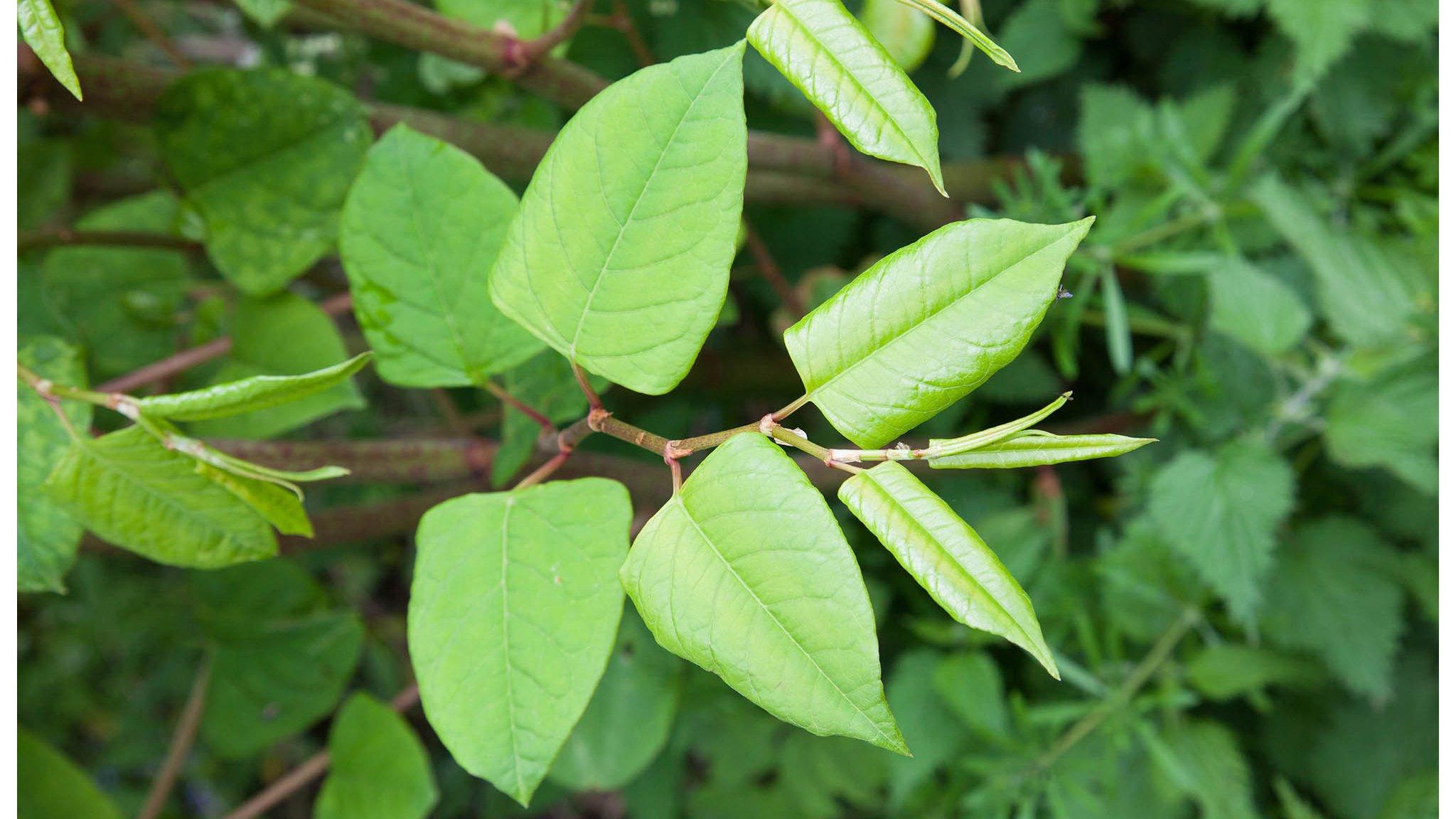Knotweed 'cannot be eradicated', Swansea Uni trial shows
- Published
Knotweed must be "controlled and managed"
The world's largest field trial on the control of Japanese knotweed, conducted in Wales, has found that eradicating the plant is not possible.
Researchers from Swansea University have carried out extensive trials on the invasive plant at sites in Taff's Well, near Cardiff, and Swansea.
The team tested all 19 of the main methods of controlling the plant.
Based on their three years of research, they say eradication is not possible in the short term.
The methods used were physical, chemical and an integrated approach.
Prof Dan Eastwood from the project said: "Basically, we're discovering how best to tackle invasive plants in real world conditions, informed by evidence of what actually works. We began focusing on knotweed at a time when there was a great deal of hysteria surrounding it.
"At the time, most information for people affected by the plant was largely based on anecdote. This led to the prospect of unscrupulous companies offering expensive and ineffective treatment solutions.
"It was incredible to us that there was no long-term, large-scale field trial analysis of the treatment methods used to control Japanese knotweed."
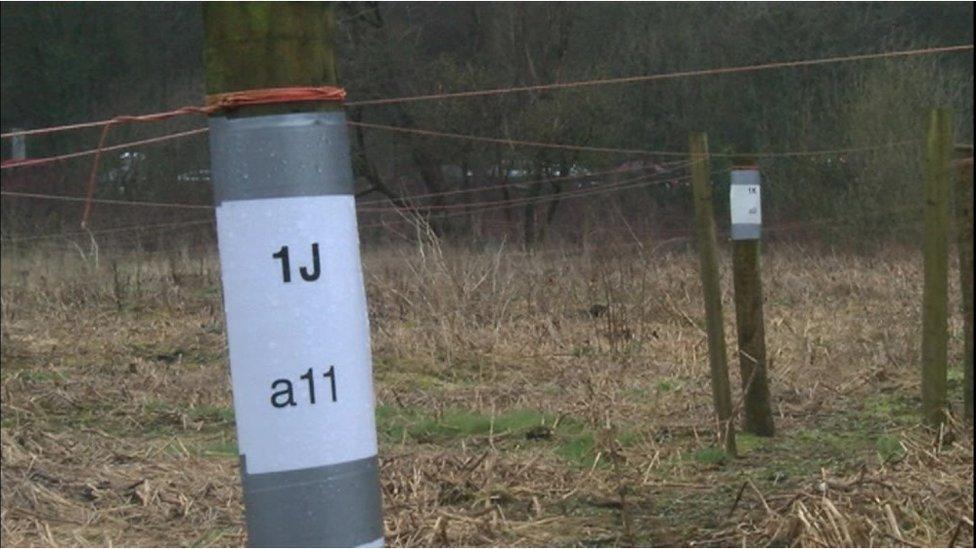
One of the field trial sites at Taff's Well
Scott Rees discovered he had Japanese knotweed in his garden in Morriston, Swansea, a few months after buying his house.
He had employed a gardener who spotted it straight away. "I didn't think much of it but he seemed obviously quite concerned about it," he said.
"It is very invasive and hard to eradicate. It can be a real problem trying to get a mortgage on a place so if we ever wanted to move or sell the house the banks might not lend to people wanting to buy with a mortgage which would cause a lot of problems for us."
He said if he had known of the issue he would have reconsidered buying the house.
One of the researchers from the university, Dr Dan Jones said: "Off the back of the first three years of data we've found that eradication is not possible. Hopefully over the longer term we may move towards that by using new chemicals we're looking at.
"But it's not a question of eradication, it's a question of sustained control and management.
"Claims made by companies, stating that they could eradicate Japanese knotweed using herbicides in short spaces of time have now been proven to be false, based on our experiments.
"Furthermore, we have shown that applying the wrong herbicides at the wrong time of the year leads to greater herbicide use and environmental impacts."
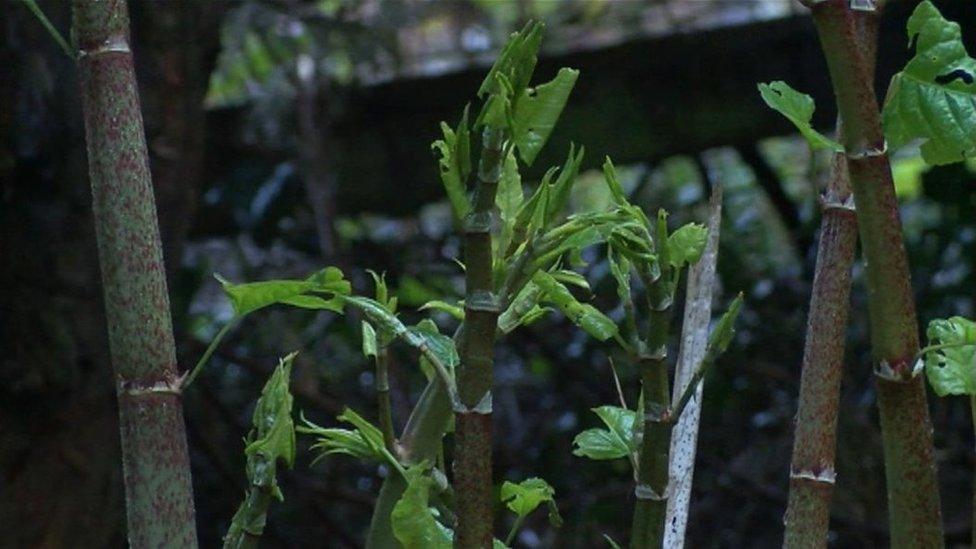
Dr Jones is also the founder of a consultancy that deals with complex invasive plant species problems which does not sell any products or is associated with any particular method of plant control.
The trials covered the four main herbicide groups used in weed control. The chemical found to be the most effective was glyphosate. However, very low doses were applied - the lowest of all the other herbicides used.
Dr Jones added: "There's a range of issues in terms of risk and hazard. There's a political issue around glyphosate as well.
"What we've done is work with the biology of the plant to minimise the amount of herbicide we're using over a treatment life cycle. Although we're using quite a contentious herbicide in that respect, we are using far less of that herbicide than you would use for other products that don't work on Japanese knotweed."
David Gregson a chartered surveyor who provides specialist advice on the issue, said the plant was a very common problem in the south Wales Valleys areas, with Swansea particularly badly affected.
He added: "The main problem is mortgage lenders are very reluctant to lend on properties where knotweed is present and obviously that means in turn people can't sell their properties and it might sometimes be because knotweed is present in the next door garden.
"A typical situation is a couple wanting to get divorced. They've got a lot of knotweed in their garden, they both want to move on with their lives and they've got a house they can't sell."
- Published23 July 2016
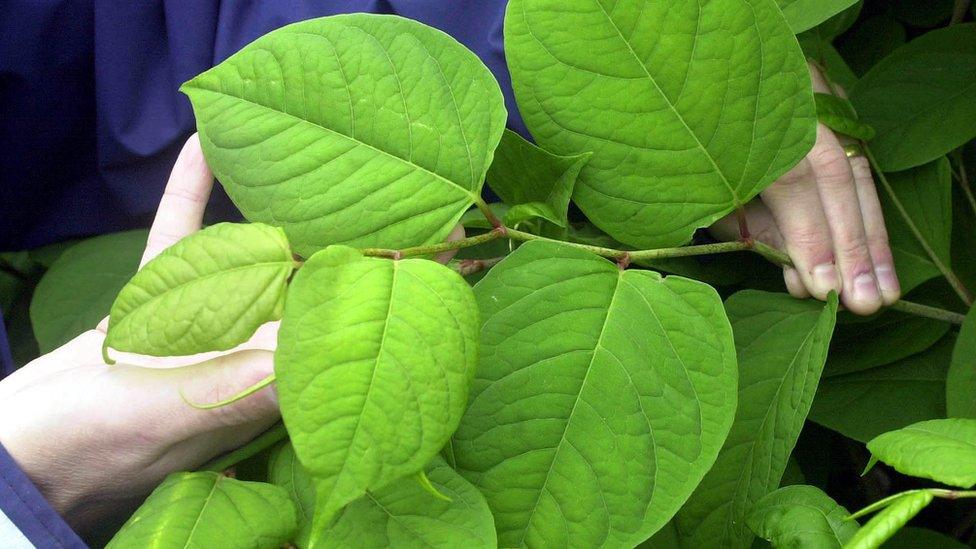
- Published2 August 2015
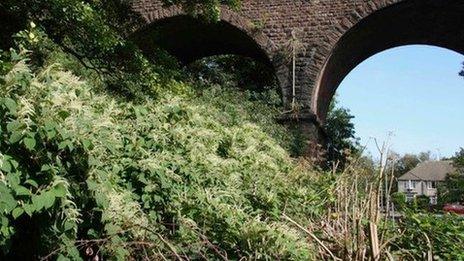
- Published5 July 2016
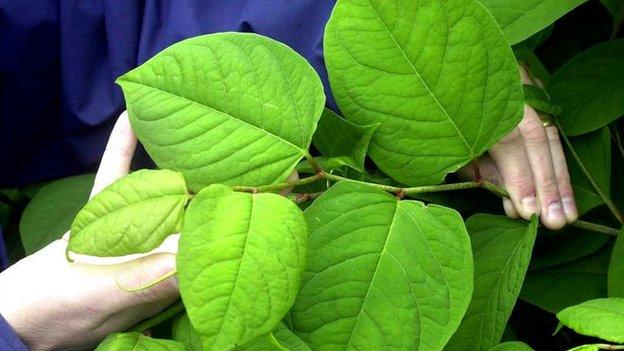
- Published11 August 2017
